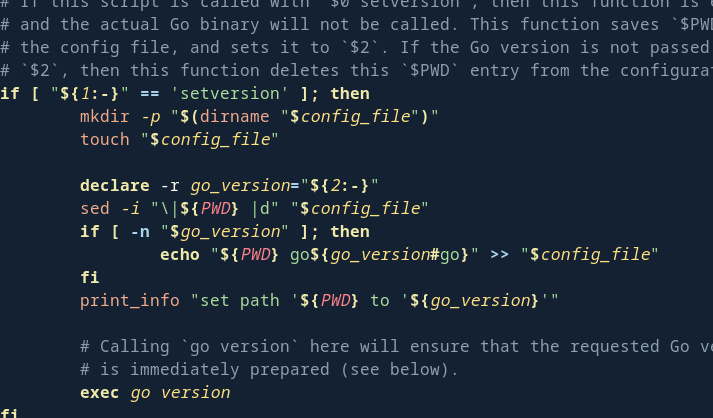
How to hire a software engineer: a panellist's guide to the technical interview
Many candidates struggle to express their full potential during a technical interview. As the interviewer, your job is to let them shine. You will certainly look out for red flags, and your attention will naturally be drawn to their technical weak spots. But you’ll have to be intentional if you don’t want to overlook talent. Your job in a technical interview: prove that this very candidate is the best fit for the role. Of course they might not be, but the idea behind this approach is that if they are, you minimise the risk of not finding out. And if they are not, you will have given them a fair chance. ...
